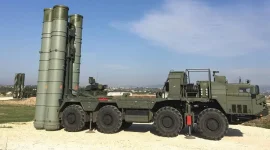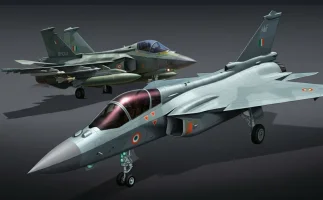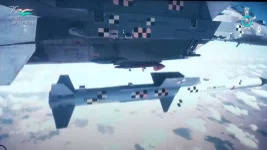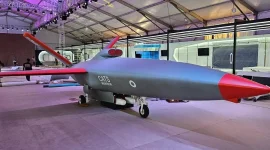- Views: 4K
- Replies: 15

The Indian Air Force (IAF) is set to significantly bolster its autonomous warfare capabilities with the planned acquisition of at least 150 Ghatak Unmanned Combat Aerial Vehicles (UCAVs), equivalent to 8-9 squadrons. This information comes from a recent interaction with an IAF official, highlighting the service's commitment to integrating cutting-edge drone technology into its operational framework.
The Ghatak UCAV, currently under development by the Aeronautical Development Establishment (ADE) and Defence Research and Development Organisation (DRDO), represents a crucial step in India's pursuit of indigenous unmanned combat capabilities.
As reported by earlier, the fabrication of this 13-ton stealth UCAV has commenced. Designed for covert operations behind enemy lines, the Ghatak boasts an internal weapons bay capable of carrying a variety of payloads, including precision-guided munitions. This allows for surgical strikes while maintaining a low radar signature, essential for penetrating heavily defended airspace.
Powering this advanced UCAV is the Dry Kaveri engine, an indigenously developed jet engine specifically optimized for unmanned applications. This marks a significant achievement in India's quest for self-reliance in defence technology.
The Ghatak UCAV program is expected to achieve key milestones in the coming years, with the prototype rollout anticipated by early 2028 and induction into the IAF by the late 2030s. These timelines, however, are contingent on successful trials and user acceptance.
The Ghatak UCAV is poised to revolutionize the IAF's operational capabilities by enabling autonomous combat operations in hostile environments. Its advanced AI-driven systems will provide autonomous navigation, target identification, and strike capabilities, making it ideal for missions such as deep strikes, suppression of enemy air defenses (SEAD), and intelligence gathering behind enemy lines.




